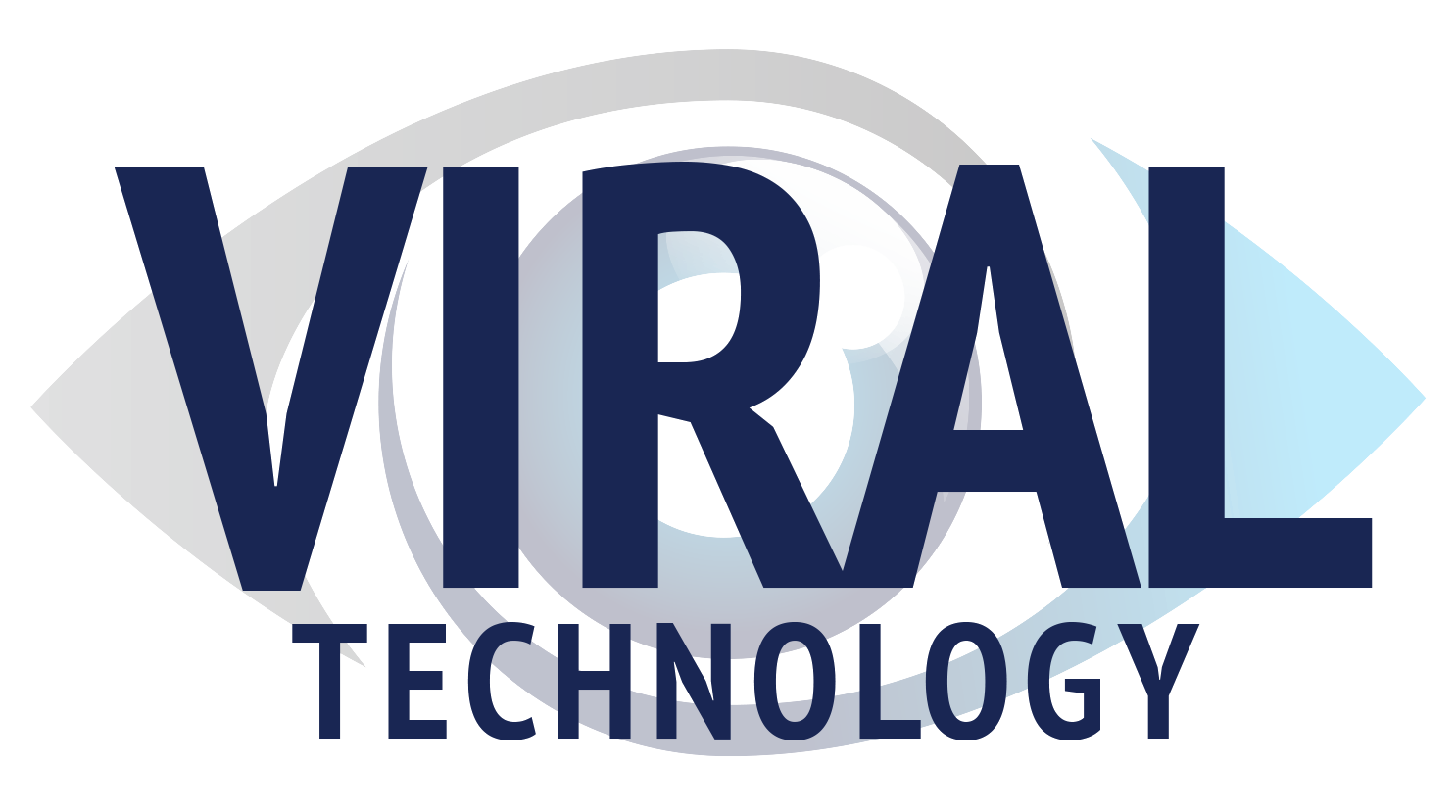Chapter 2: Unmasking Look-Alike Domains: A Case Study in Cyber Deception
In this chapter, we’ll embark on a comprehensive exploration of look-alike domains, delving deep into the tactics and techniques employed by cybercriminals to deceive unsuspecting victims. To illustrate these concepts, we’ll examine a specific case study centered around a reputable technology company called Viral-Technology.com.
Imagine a cunning cybercriminal, driven by a malicious agenda, who seeks to exploit the trust and reputation of Viral-Technology.com. With the intent to trick and manipulate unsuspecting visitors, this devious individual sets out to create a fake website that appears nearly identical to the authentic domain. They register a domain like ViralTechn0logy.com or ViralTechnologii.com, employing subtle variations and slight deviations in spelling to sow confusion among visitors. Can you spot the slight differences? These crafty ploys are intentionally designed to mimic the genuine domain and evade detection.
The scammer’s ultimate goal is to make their counterfeit website appear legitimate, harnessing design elements, logos, and content that closely resemble those found on the actual Viral-Technology.com. To create a seamless deception, they might go as far as copying articles, product information, and even imitating the layout and structure of the authentic site. It’s akin to constructing a mirage, carefully engineered to fool visitors into believing they are interacting with the genuine company.
However, fear not, for we possess the power to expose their disguise and shield ourselves from falling victim to their nefarious plot. By cultivating a keen eye for detail and maintaining a constant state of vigilance, we can discern these deceptive look-alike domains. It is crucial to scrutinize the spelling of domain names, be wary of substituted characters or added letters, and diligently compare the website URL with the official domain to detect any discrepancies.
Consider the scenario where you receive an email purportedly originating from Viral-Technology.com. Take a closer look at the sender’s email address. Legitimate emails from the company would typically come from an address like info@viral-technology.com. However, scammers might employ an address like viraltechnology.info@gmail.com, which immediately raises a red flag and signifies a potential scam.
To fortify our defenses against these insidious look-alike domain scams, it is imperative to familiarize ourselves with the authentic domain names of the websites we trust. Equipped with this knowledge, we can exercise caution when encountering any variations or deviations. By adopting a proactive and discerning approach, we can thwart the efforts of cybercriminals and safeguard our digital well-being.
In the battle against cyber deception, knowledge is our most potent weapon. Understanding the specific case study of Viral-Technology.com allows us to explore the multifaceted strategies employed by scammers and cultivate a comprehensive understanding of their modus operandi. Armed with this knowledge, we can navigate the treacherous landscape of the online world with confidence and resilience.
Throughout the remainder of this chapter, we will delve into the intricacies of look-alike domain scams, dissecting the psychological manipulation at play and examining the mechanisms that enable cybercriminals to perpetrate such acts of deception. We will explore the techniques used to replicate the appearance of legitimate websites, the psychological tactics employed to elicit trust, and the potential consequences for unsuspecting victims who fall prey to these schemes.
Additionally, we will equip ourselves with practical strategies and tools to identify and combat look-alike domain scams effectively. We will uncover red flags and warning signs to watch out for, empowering ourselves to make informed decisions and take appropriate action when confronted with potentially fraudulent domains or emails.
By immersing ourselves in this comprehensive examination of look-alike domain scams, we are arming ourselves with the knowledge necessary to navigate the digital landscape safely. Let us embark on this transformative journey together, honing our detective skills and emerging as vigilant guardians of our online security. Together, we will unveil the secrets of cyber deception and emerge stronger, wiser, and more resilient in the face of evolving threats.
